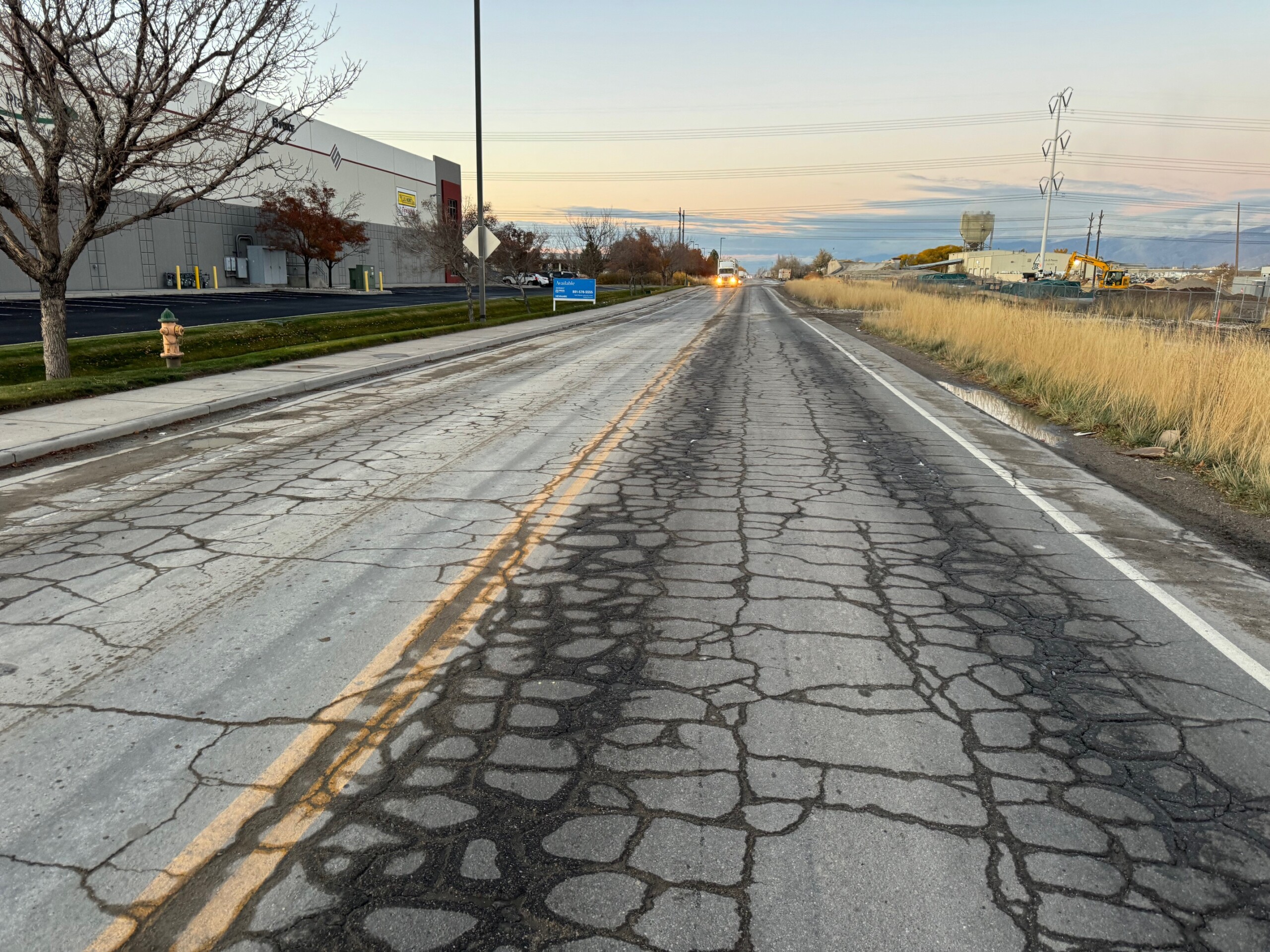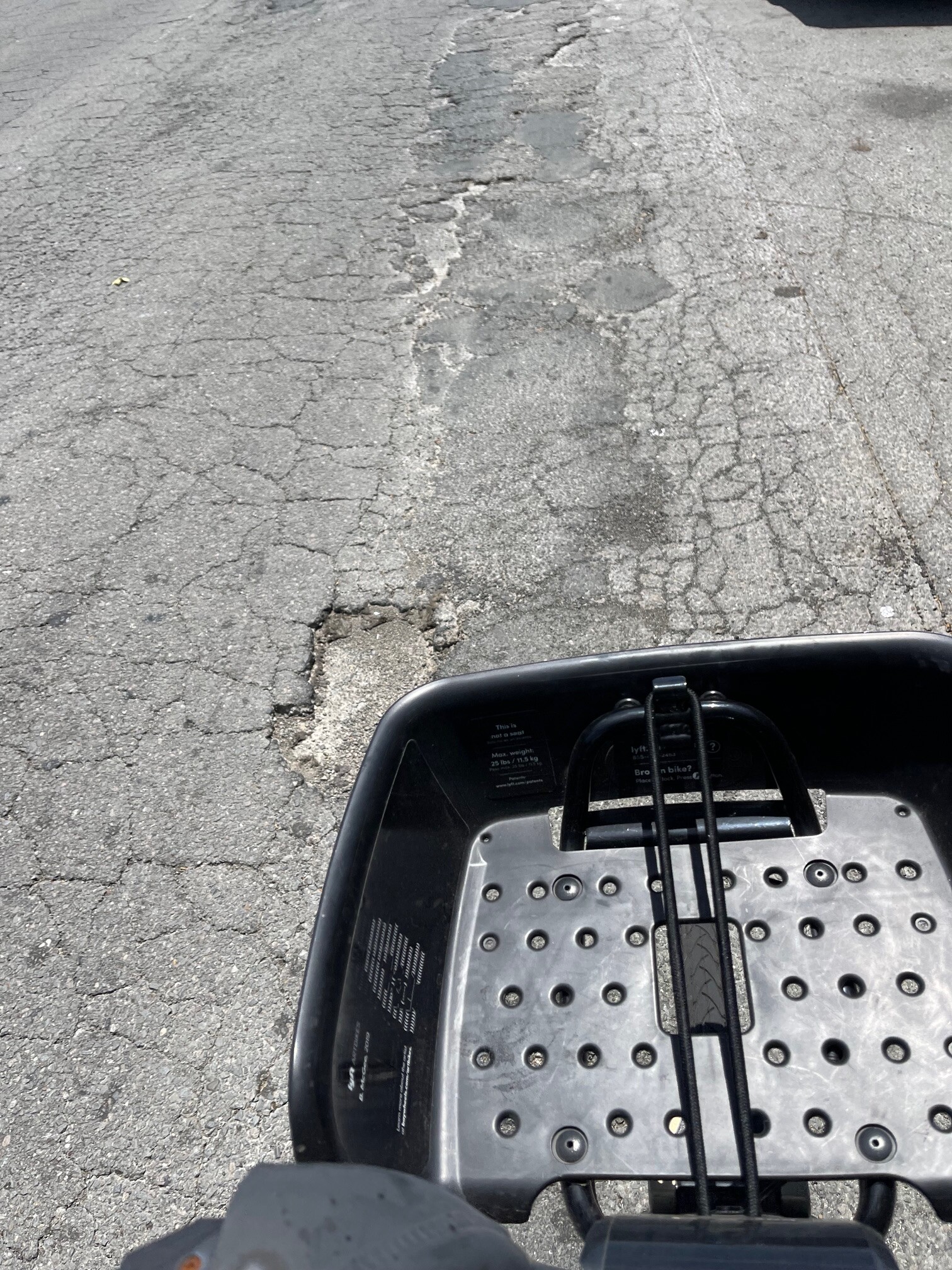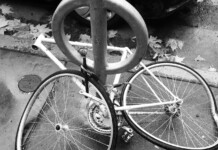By Charles Pekow — Complete Streets plans should not only focus on building bicycle infrastructure but also emphasize the importance of ongoing maintenance. Signs need periodic replacement, and cracks in pavement require consistent repair, according to a study by Toole Design Group commissioned by the Federal Highway Administration (FHWA).

The report warns, “Poorly maintained bicycle lanes may also discourage people from choosing to bicycle or create conflicts between pedestrians and bicyclists if the latter are encouraged to use the sidewalk.” Bike lanes integrated into roadways are typically maintained alongside the streets. However, separate bike paths are more likely to be neglected due to limited municipal resources. Maintenance challenges also grow as bike infrastructure becomes more complex, incorporating features like turn lanes and specialized signals.

For detailed recommendations, see the Guide for Maintaining Active Transportation Infrastructure for Enhanced Safety at https://highways.dot.gov/sites/fhwa.dot.gov/files/2024-10/Guide_for_Maintaining_Active_Transportation_FHWA-SA-23-005_0.pdf





